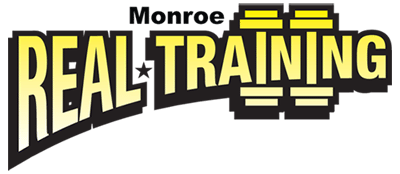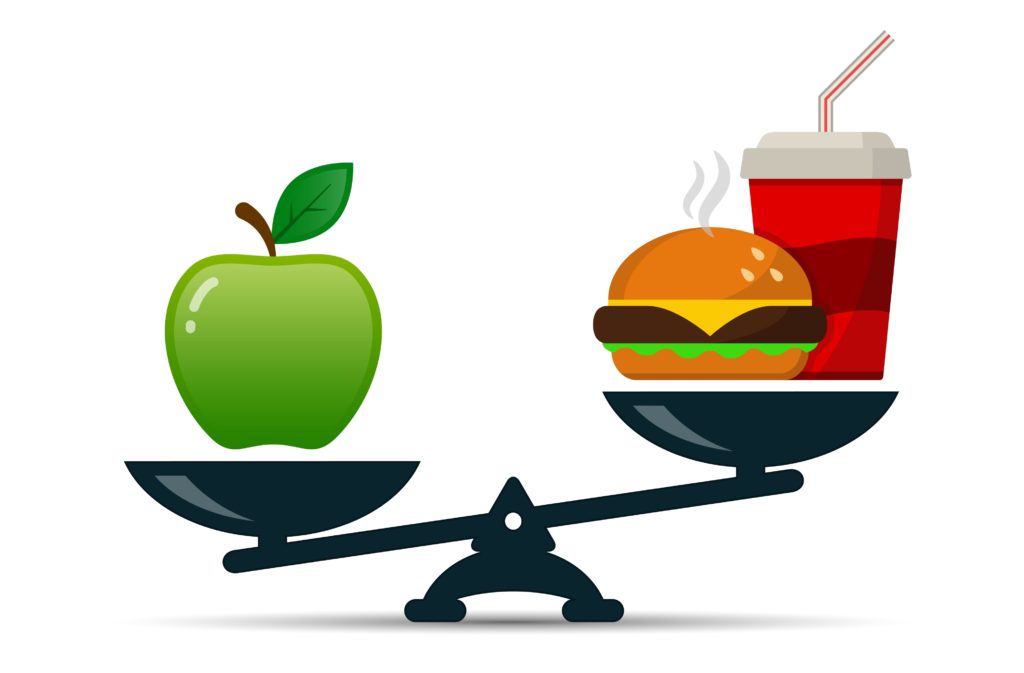The pain of weight gain…
Above image by tatianasun/Shutterstock.com
On my journey towards improving my health, fitness, and strength, one of my greatest challenges was how to gain healthy weight. At 5ft 7inches, I was unsatisfied with my weight as I had been under 132lbs (60kg) for as long as I could remember. I knew I would feel and look better with additional lean muscle, however my unpredictable schedule of working evening shifts where there were prolonged periods where I could not eat, did not help this situation. I was very keen to find an efficient way of gaining weight that could also fit into my lifestyle.
Most of what had been researched on the Internet tended to focus on weight loss and fad diets, and the ones that didn’t do this, seemed to have the same key message, which was in order to ‘get big’ you had to ‘eat big’. Although that seemed like a logical philosophy, I knew it would not be feasible for me. I already had a small/medium appetite, and I knew that I had little time to fit in additional larger meals.
I continued my search, and I concluded that for a weight-gain program to be successful for me, it had to satisfy four of the following criteria:
1) Sustainable – if you couldn’t do it for life, then there was no point doing it at all.
2) Inexpensive – if putting on weight was too expensive, it would eventually become unsustainable.
3) Taste – if the foods that needed to be consumed in order to gain weight lacked taste/flavor, then it was unlikely to be favorable and long lasting
4) Healthy – if the foods responsible for gaining weight were unhealthy, then this would defeat the overall objective. Therefore everything seemed to link back to sustainability.
There was a day when I watched a bodybuilding video about how to gain weight and this inspired me to think more creatively. The video recommended eating oats to assist with weight gain – I knew I wouldn’t have enough time to eat several bowls of porridge for breakfast, however I realized that if the oats were milled into a powder form, not only would this be more convenient, it could also increase my calorie intake in a liquid form. Liquid calories seemed to be the key because even after a big meal, it was still possible to consume drinks afterwards.
Following this discovery, I ordered 5kg of ultra fine oats and mixed in 100g (364 calories) and added a tablespoon of hydrolyzed collagen, cinnamon, and 500 mls of mineral water, (or milk). I would drink 100g of milled oats after each meal, and as a pre workout drink an hour before a workout three times a week.
After a few months, not only did I gain healthy weight, but my health and wellbeing also improved. Oats were a great source of manganese, molybdenum, phosphorus, copper, biotin, vitamin B1, magnesium, dietary fiber, chromium, zinc and protein, and this proved to be a much needed nutritional boost.
Concerning weight gain (which can also be applied to weight loss), I recognized the importance of knowing how many calories had been burned compared to food intake – I tended to use an online calculator to do this.
In order to gain lean muscle mass, the ‘actual’ type of training was also very important, particularly in relation to progression. I learnt that ’progressive overload’ encompasses continually challenging the body whilst providing it with new ways to continue to grow. For example, if during a workout a person did 10 repetitions, next time they should try to do 11 or 12, or alternatively, doing the same amount of exercises combined with increased intensity could also achieve similar results.
After just over a year, my weight had increased from 132lbs (60kg) to 154lbs (70kg) and most of it was lean muscle mass. It has been achieved gradually over this time which allowed my body time to adjust and adapt to the increase in calories. This method has met all of the ‘four criteria’ which so far has proven to be sustainable!
References:
George Mateljan Foundation. (2017). Oats. Available: http://www.whfoods.com/genpage.php?tname=foodspice&dbid=54. Last accessed 8th October 2017.
- Could improving my Immune health also combat COVID-19? - August 2, 2020
- The Power of being Present. - May 10, 2020
- Magnesium – The magnificent mineral. - March 1, 2020


